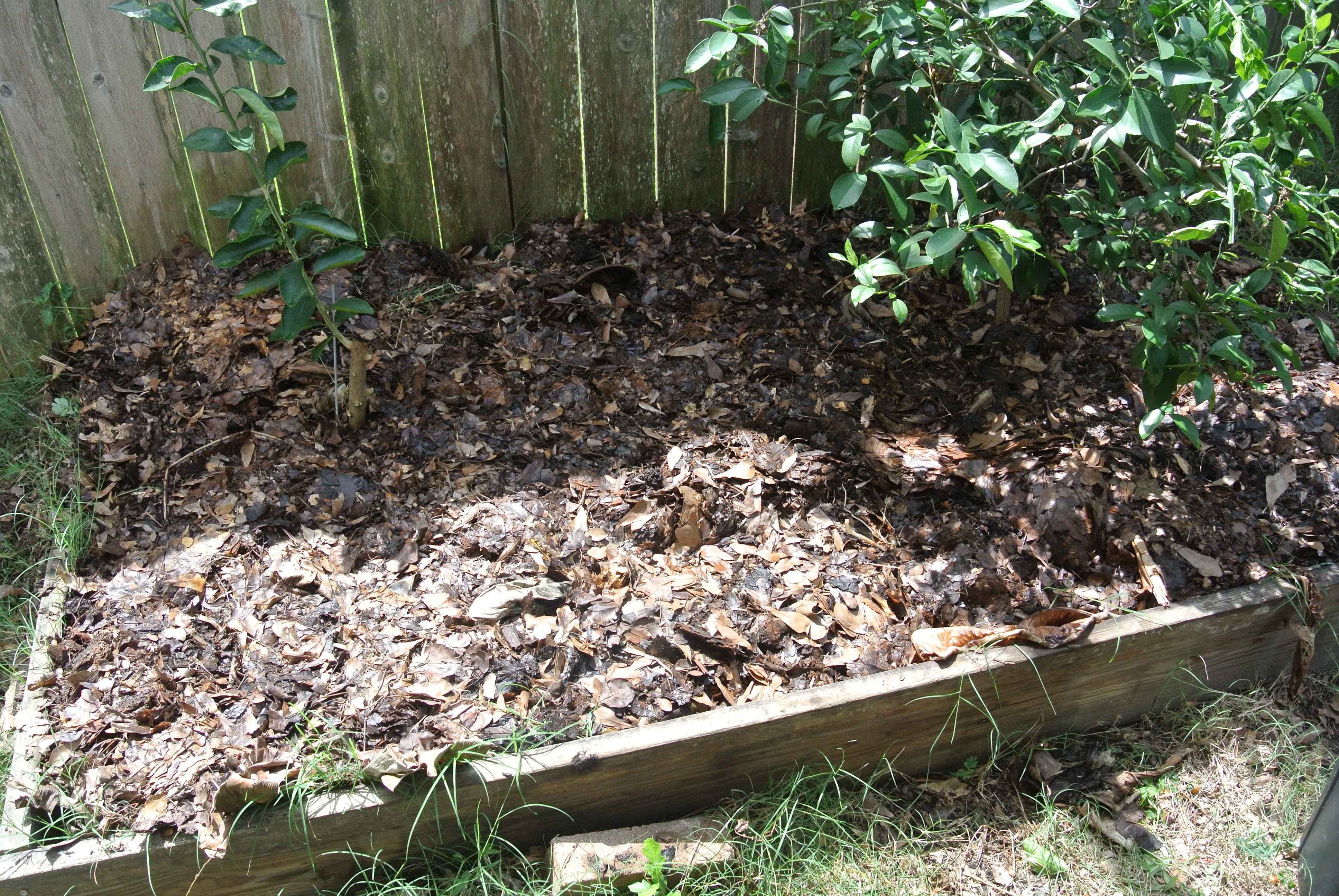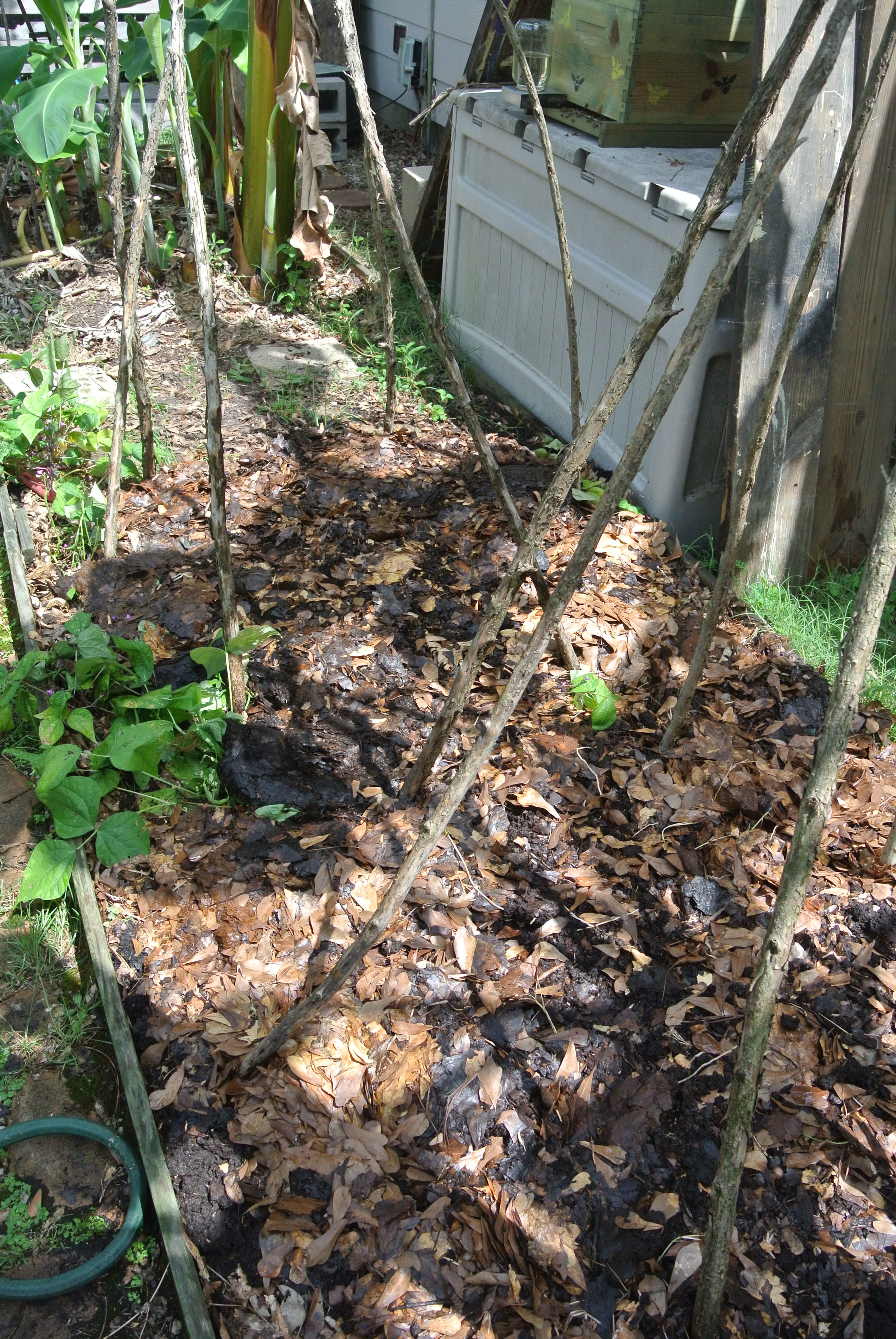I am about to give away the secret to making my very well received and highly praised, Strawberry Jam. A quote from one of my regular customers, “How can you go back to “Smucker’s” after tasting Bishop’s jam?”
Side Note – I have labeled it preserves in the past but a little research shows that I make jams!
Summary:
1.The differences between jam and preserves are:
2.Jam is made from chopped or crushed fruit.
3.Preserves are made from whole chunks of fruit.
4.Jam contains sugar, pectin, and lemon juice.
5.Preserves are only boiled in sugar.
6.Jam is allowed to jell.
7.Preserves are not jelled in the process of manufacturing.
http://www.differencebetween.net/object/comparisons-of-food-items/difference-between-jam-and-preserves/
It’s not that I do anything out of the ordinary to make my “jams”, other than the fact that every berry in the process is/was hand selected by me! In fact, 75% of the strawberries originate in my garden although I do supplement with strawberries picked, again, by me, at “Wood Duck Farm”, about 25 minutes north of Kingwood. They are grown, as are mine, with no chemicals of any sort.
 Laying out some of the tools of the trade. Four cups of sugar minus 1/4 cup mixed with the pectin prior to cooking. I use the Sure Jell pectin for my jams, they are made with 1/3 less sugar than with regular pectin. A spoon to skim the foam and yes I rinse it off after every lick. Green handle magnet to save my pinkies. An 8 ounce ladle…It does help when filling 8 ounce jars. Jar tongs….indispensable for fishing jars out from the boiling hot water just prior to filling. Last but not least, my trusty old, at least 35 years old, canning funnel.
Laying out some of the tools of the trade. Four cups of sugar minus 1/4 cup mixed with the pectin prior to cooking. I use the Sure Jell pectin for my jams, they are made with 1/3 less sugar than with regular pectin. A spoon to skim the foam and yes I rinse it off after every lick. Green handle magnet to save my pinkies. An 8 ounce ladle…It does help when filling 8 ounce jars. Jar tongs….indispensable for fishing jars out from the boiling hot water just prior to filling. Last but not least, my trusty old, at least 35 years old, canning funnel.
 The start of the process; 1/4 cup sugar mixed with pectin and the measured volume of crushed strawberries, just a note here, follow the recipe very darned close!!!!! Too much of the fruit mixture or too little will impact the final results. I use a potato masher to, yes, mash up the fruit, so there are some nice chunks of berry in every jar, a dab of butter to help reduce the foaming. FYI – Not sure if it helps all that much but I can’t argue with the success of the final product.
The start of the process; 1/4 cup sugar mixed with pectin and the measured volume of crushed strawberries, just a note here, follow the recipe very darned close!!!!! Too much of the fruit mixture or too little will impact the final results. I use a potato masher to, yes, mash up the fruit, so there are some nice chunks of berry in every jar, a dab of butter to help reduce the foaming. FYI – Not sure if it helps all that much but I can’t argue with the success of the final product.
 Follow the recipe; bring the mixture to a full rolling boil, i.e., cannot be stirred down. Note the light pinkish foam around the edges. Then add remaining sugar – 3 and 3/4 cups, return to full rolling boil for one minute….I just slowly count to 75 and it seems to work for me.
Follow the recipe; bring the mixture to a full rolling boil, i.e., cannot be stirred down. Note the light pinkish foam around the edges. Then add remaining sugar – 3 and 3/4 cups, return to full rolling boil for one minute….I just slowly count to 75 and it seems to work for me.
 Skim the foam but don’t discard. You have several choices, place in a bowl, refrigerate and use as you would any jam or preserve, or, as my wife does, spread across an egg white & oatmeal frittata, or dig in with a spoon and place directly into your mouth…..my personal favorite!
Skim the foam but don’t discard. You have several choices, place in a bowl, refrigerate and use as you would any jam or preserve, or, as my wife does, spread across an egg white & oatmeal frittata, or dig in with a spoon and place directly into your mouth…..my personal favorite!
 Ready to can, foam has been skimmed, jars are in a boiling water bath for sanitation purposes, ladle and funnel are ready, magnetic stick finger saver, spoon (recently licked and rinsed properly)….use however you want and the jar lids in a bowl of very hot water to soften the seals.
Ready to can, foam has been skimmed, jars are in a boiling water bath for sanitation purposes, ladle and funnel are ready, magnetic stick finger saver, spoon (recently licked and rinsed properly)….use however you want and the jar lids in a bowl of very hot water to soften the seals.
 Grab a hot jar, drain and fill to about 1/4 inch of the topic the jar with the strawberry jam mixture. FYI, there is a tool made to gauge that space but I rarely use it, wipe any excess Jam from rim of the jar, place the lid on and screw the metal band on snuggly.
Grab a hot jar, drain and fill to about 1/4 inch of the topic the jar with the strawberry jam mixture. FYI, there is a tool made to gauge that space but I rarely use it, wipe any excess Jam from rim of the jar, place the lid on and screw the metal band on snuggly.
Once all the jars are filled and sealed, return to the hot water bath, submerge the jars with at least one inch of water covering the jars. Bring to a boil for 10 minutes, remove and allow to cool. If you have done a good job you will hear the lids pop down as the jars cool, indicating s good seal.
Next step, distribute and bring smiles to the faces of the recipients!
TTFN
Bishop

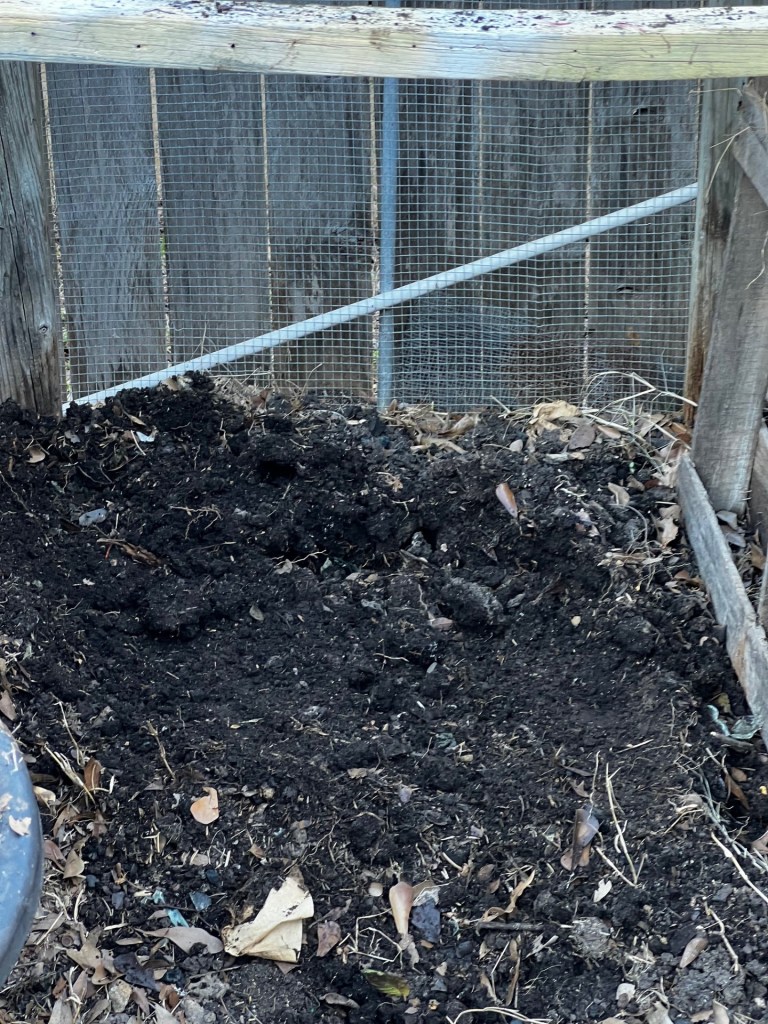









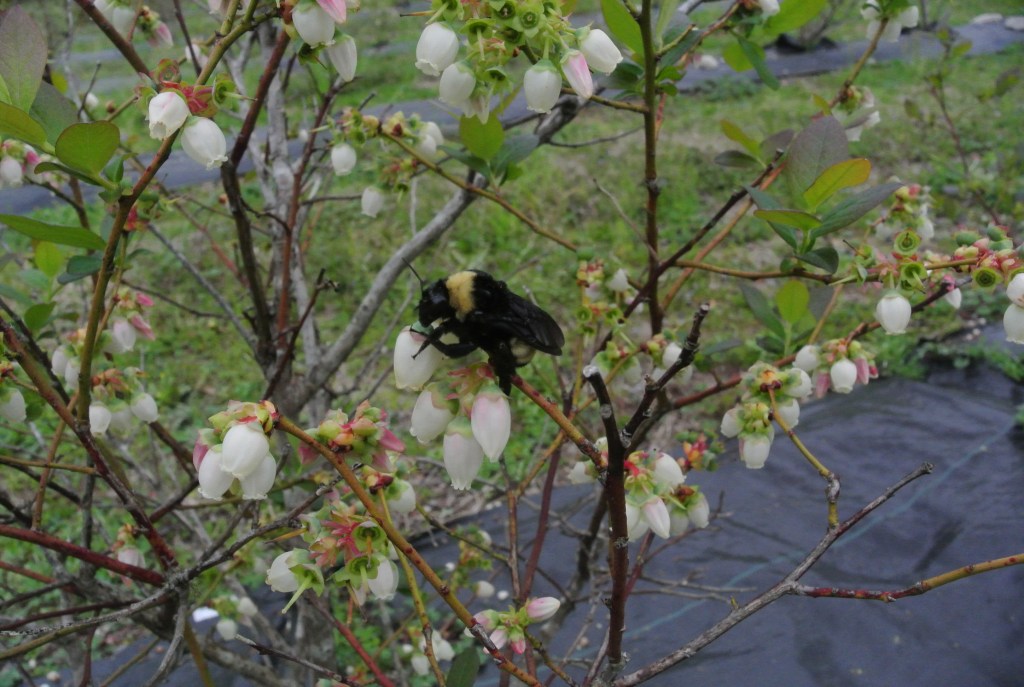



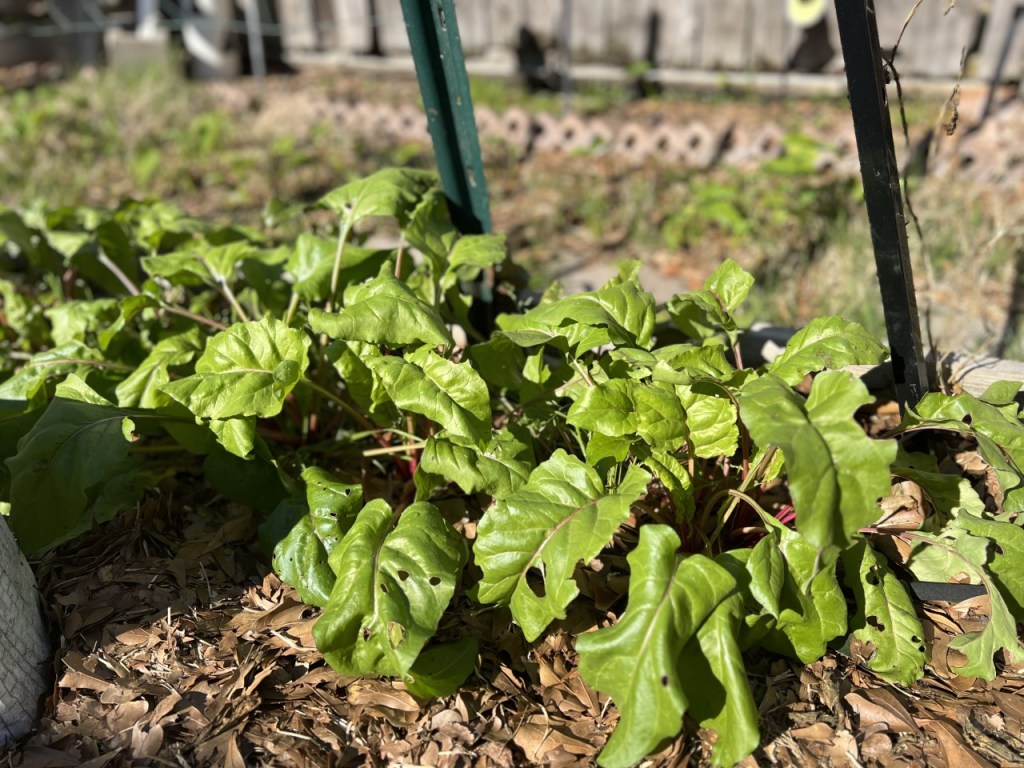



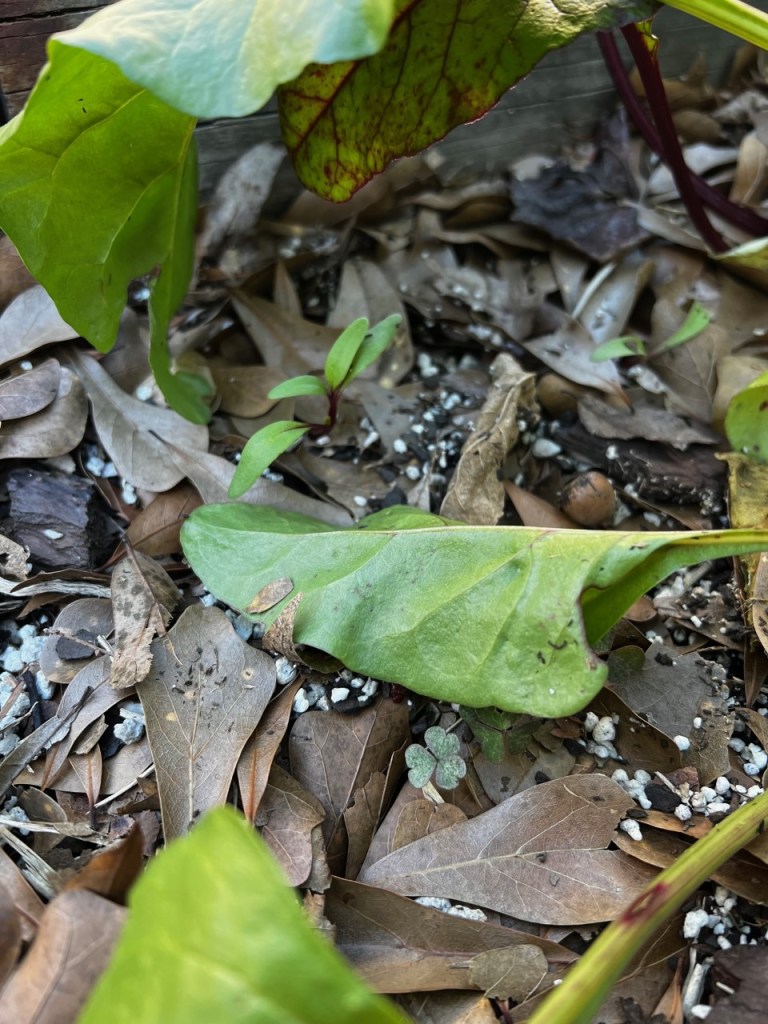





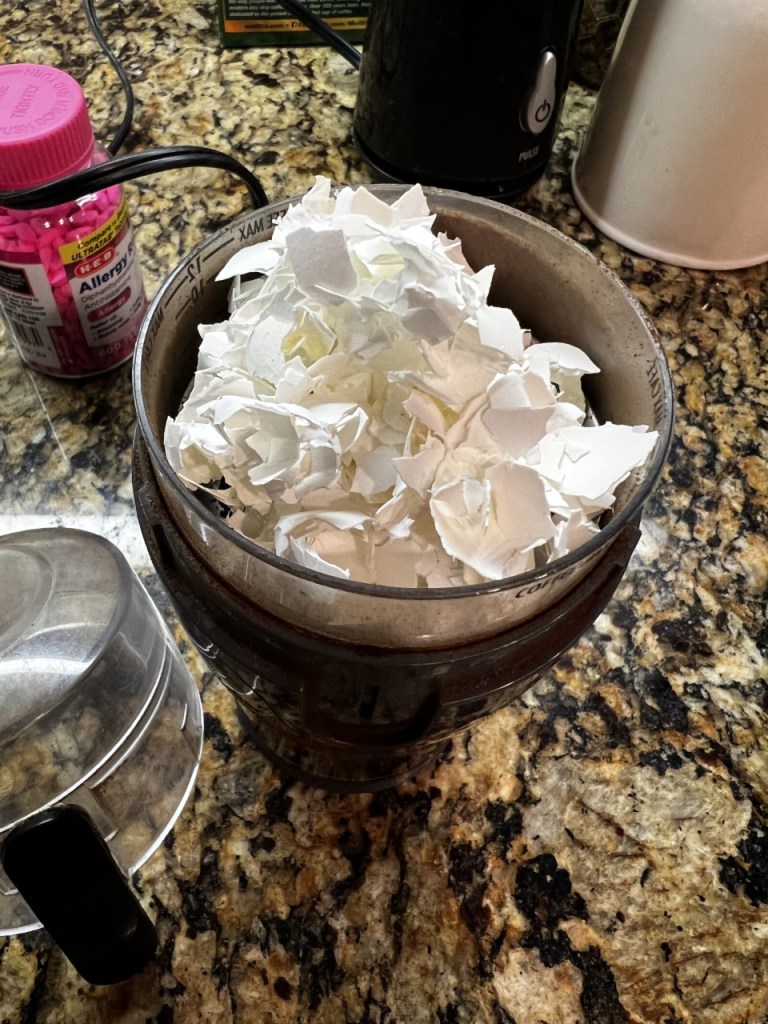



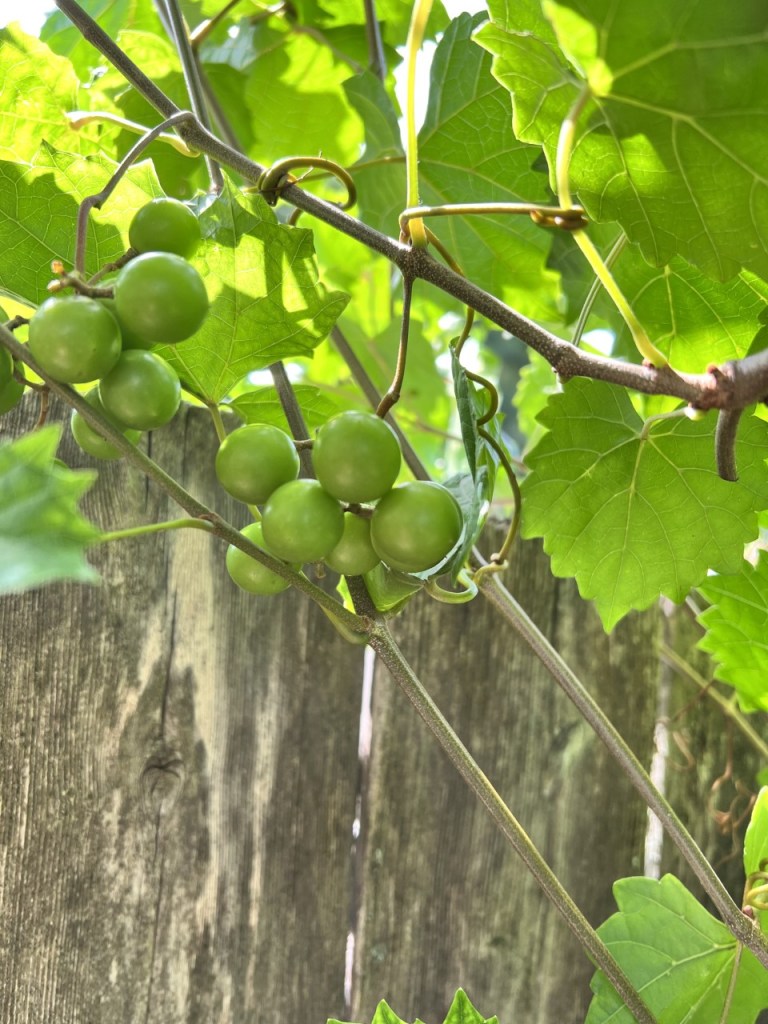




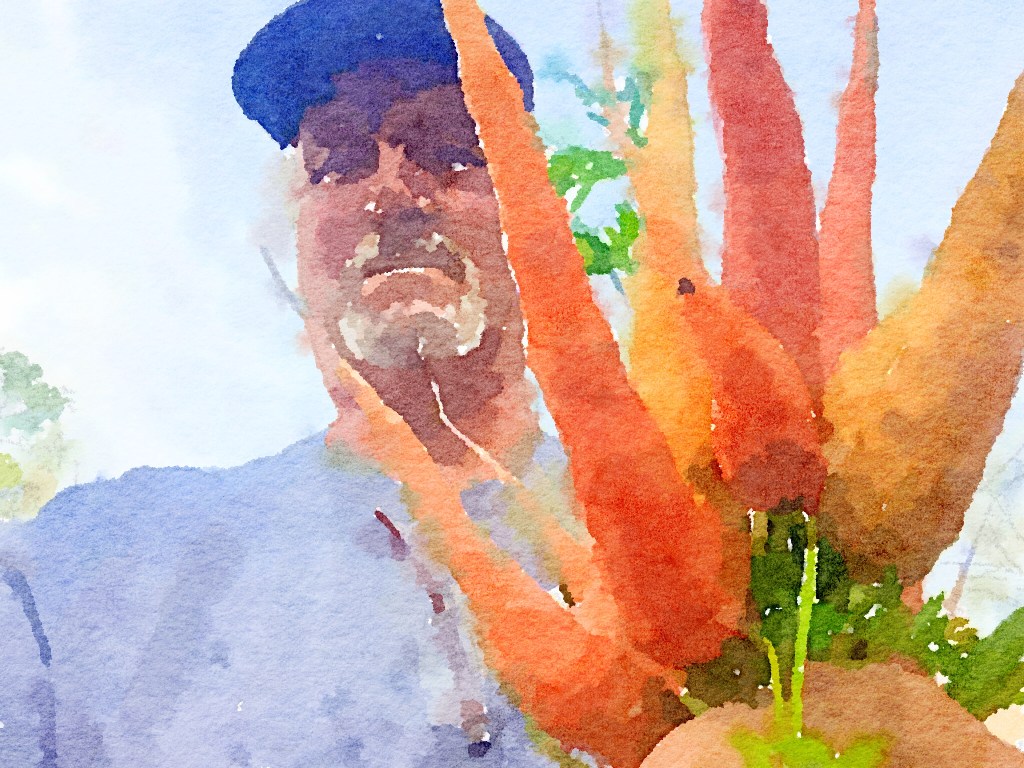




 Laying out some of the tools of the trade. Four cups of sugar minus 1/4 cup mixed with the pectin prior to cooking. I use the Sure Jell pectin for my jams, they are made with 1/3 less sugar than with regular pectin. A spoon to skim the foam and yes I rinse it off after every lick. Green handle magnet to save my pinkies. An 8 ounce ladle…It does help when filling 8 ounce jars. Jar tongs….indispensable for fishing jars out from the boiling hot water just prior to filling. Last but not least, my trusty old, at least 35 years old, canning funnel.
Laying out some of the tools of the trade. Four cups of sugar minus 1/4 cup mixed with the pectin prior to cooking. I use the Sure Jell pectin for my jams, they are made with 1/3 less sugar than with regular pectin. A spoon to skim the foam and yes I rinse it off after every lick. Green handle magnet to save my pinkies. An 8 ounce ladle…It does help when filling 8 ounce jars. Jar tongs….indispensable for fishing jars out from the boiling hot water just prior to filling. Last but not least, my trusty old, at least 35 years old, canning funnel. The start of the process; 1/4 cup sugar mixed with pectin and the measured volume of crushed strawberries, just a note here, follow the recipe very darned close!!!!! Too much of the fruit mixture or too little will impact the final results. I use a potato masher to, yes, mash up the fruit, so there are some nice chunks of berry in every jar, a dab of butter to help reduce the foaming. FYI – Not sure if it helps all that much but I can’t argue with the success of the final product.
The start of the process; 1/4 cup sugar mixed with pectin and the measured volume of crushed strawberries, just a note here, follow the recipe very darned close!!!!! Too much of the fruit mixture or too little will impact the final results. I use a potato masher to, yes, mash up the fruit, so there are some nice chunks of berry in every jar, a dab of butter to help reduce the foaming. FYI – Not sure if it helps all that much but I can’t argue with the success of the final product. Follow the recipe; bring the mixture to a full rolling boil, i.e., cannot be stirred down. Note the light pinkish foam around the edges. Then add remaining sugar – 3 and 3/4 cups, return to full rolling boil for one minute….I just slowly count to 75 and it seems to work for me.
Follow the recipe; bring the mixture to a full rolling boil, i.e., cannot be stirred down. Note the light pinkish foam around the edges. Then add remaining sugar – 3 and 3/4 cups, return to full rolling boil for one minute….I just slowly count to 75 and it seems to work for me. Skim the foam but don’t discard. You have several choices, place in a bowl, refrigerate and use as you would any jam or preserve, or, as my wife does, spread across an egg white & oatmeal frittata, or dig in with a spoon and place directly into your mouth…..my personal favorite!
Skim the foam but don’t discard. You have several choices, place in a bowl, refrigerate and use as you would any jam or preserve, or, as my wife does, spread across an egg white & oatmeal frittata, or dig in with a spoon and place directly into your mouth…..my personal favorite! Ready to can, foam has been skimmed, jars are in a boiling water bath for sanitation purposes, ladle and funnel are ready, magnetic stick finger saver, spoon (recently licked and rinsed properly)….use however you want and the jar lids in a bowl of very hot water to soften the seals.
Ready to can, foam has been skimmed, jars are in a boiling water bath for sanitation purposes, ladle and funnel are ready, magnetic stick finger saver, spoon (recently licked and rinsed properly)….use however you want and the jar lids in a bowl of very hot water to soften the seals. Grab a hot jar, drain and fill to about 1/4 inch of the topic the jar with the strawberry jam mixture. FYI, there is a tool made to gauge that space but I rarely use it, wipe any excess Jam from rim of the jar, place the lid on and screw the metal band on snuggly.
Grab a hot jar, drain and fill to about 1/4 inch of the topic the jar with the strawberry jam mixture. FYI, there is a tool made to gauge that space but I rarely use it, wipe any excess Jam from rim of the jar, place the lid on and screw the metal band on snuggly.
